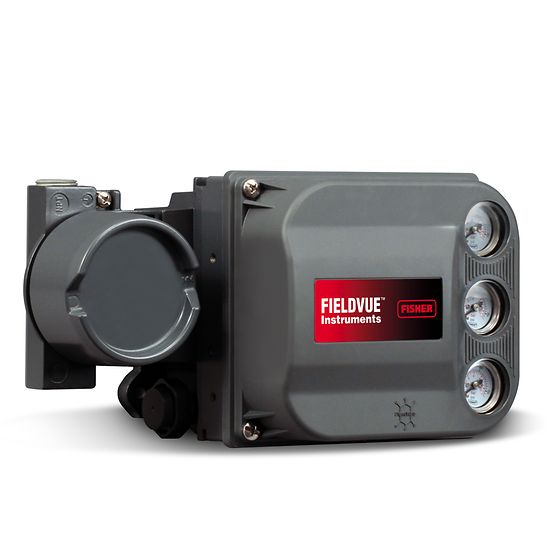Fisher 8590 High Performance Butterfly Valve
The Fisher™ 8590 high performance butterfly valve maintains tight shutoff and can be specified for a wide range of pressure and temperature conditions. The 8590 valve is available in a lugged body design. A splined shaft can combine with a variety of spring-and-diaphragm or pneumatic piston actuators and a square or keyed shaft can combine with a variety of handlevers, handwheels, or pneumatic piston diaphragm actuators.
















